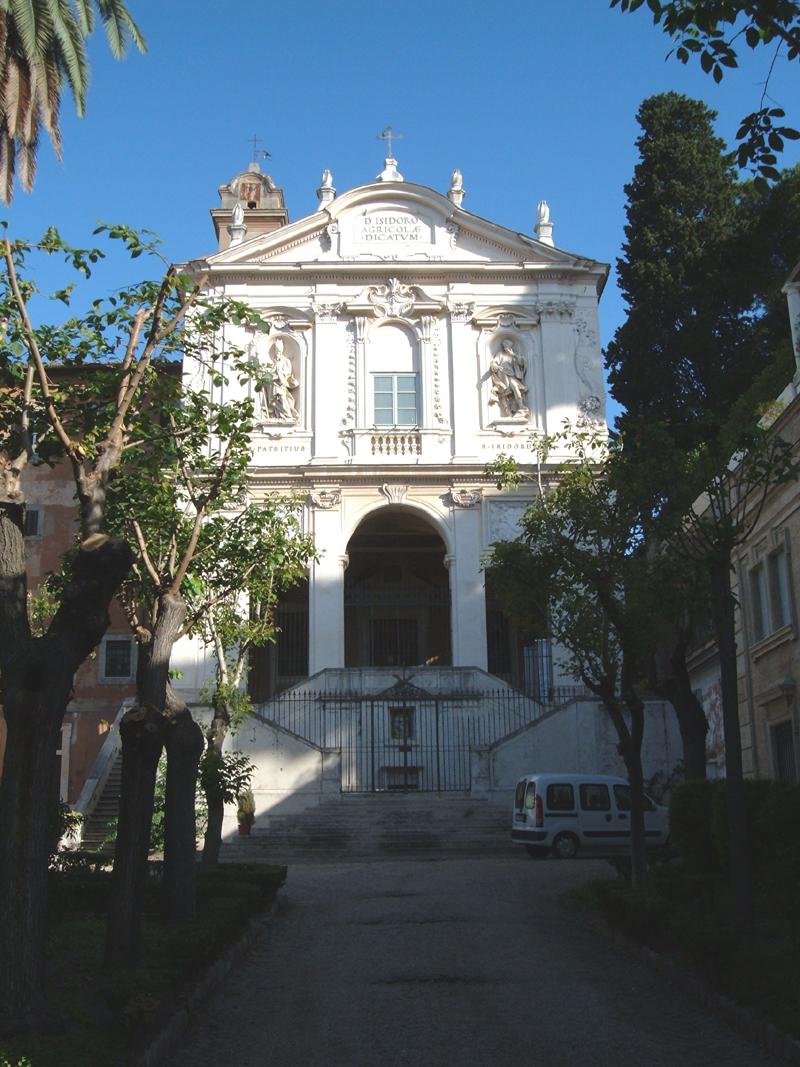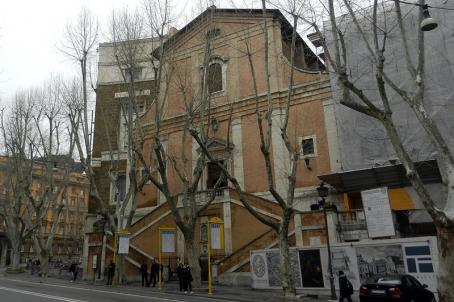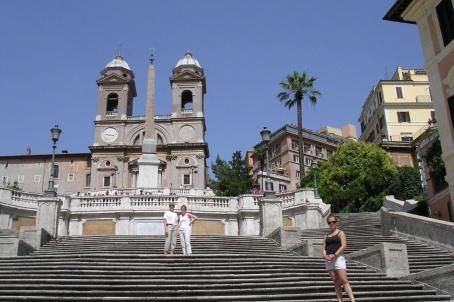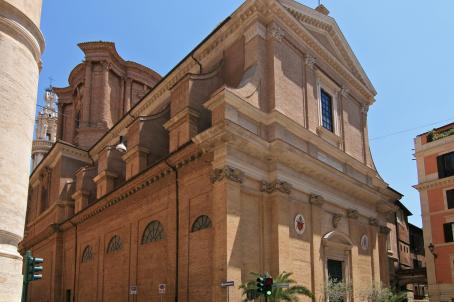Chiesa di Sant'Isidoro a Capo le Case
The church of Sant'Isidoro a Capo le Case, part of a Franciscan complex, is one of the two Irish national churches. The church and monastery were built between 1622 and 1672, when Spanish Franciscan descalceati (Discalced) arrived to found a convent for their countrymen and built the church which they dedicated to the new Spanish saint. A few years later, the church and convent came under the authority of Irish Franciscan monks, fleeing their country under the persecution of the English Protestants.






